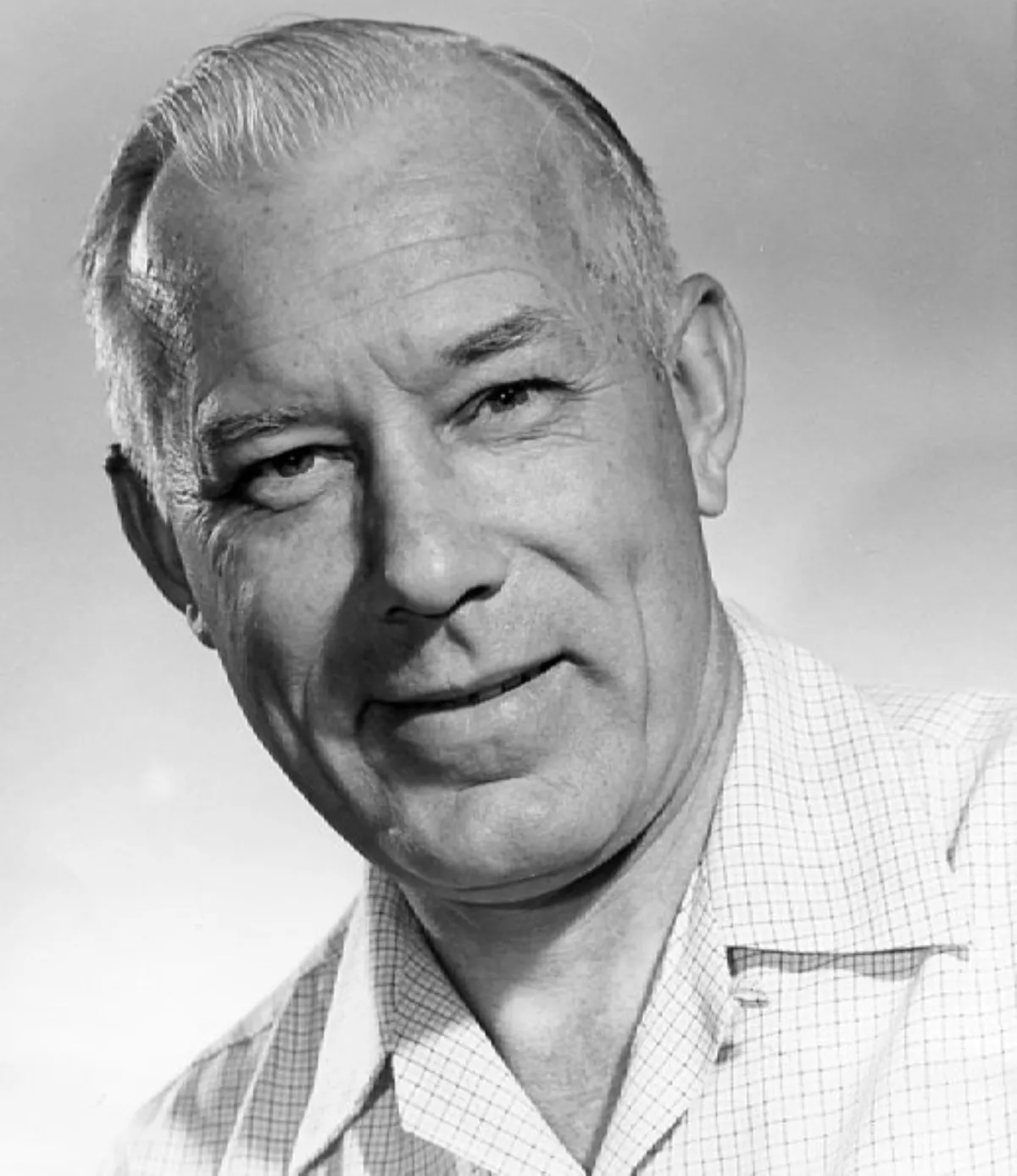 1.
1. James William "Ike" Altgens was an American photojournalist, photo editor, and field reporter for the Associated Press based in Dallas, Texas, who became known for his photographic work during the assassination of United States President John F Kennedy.